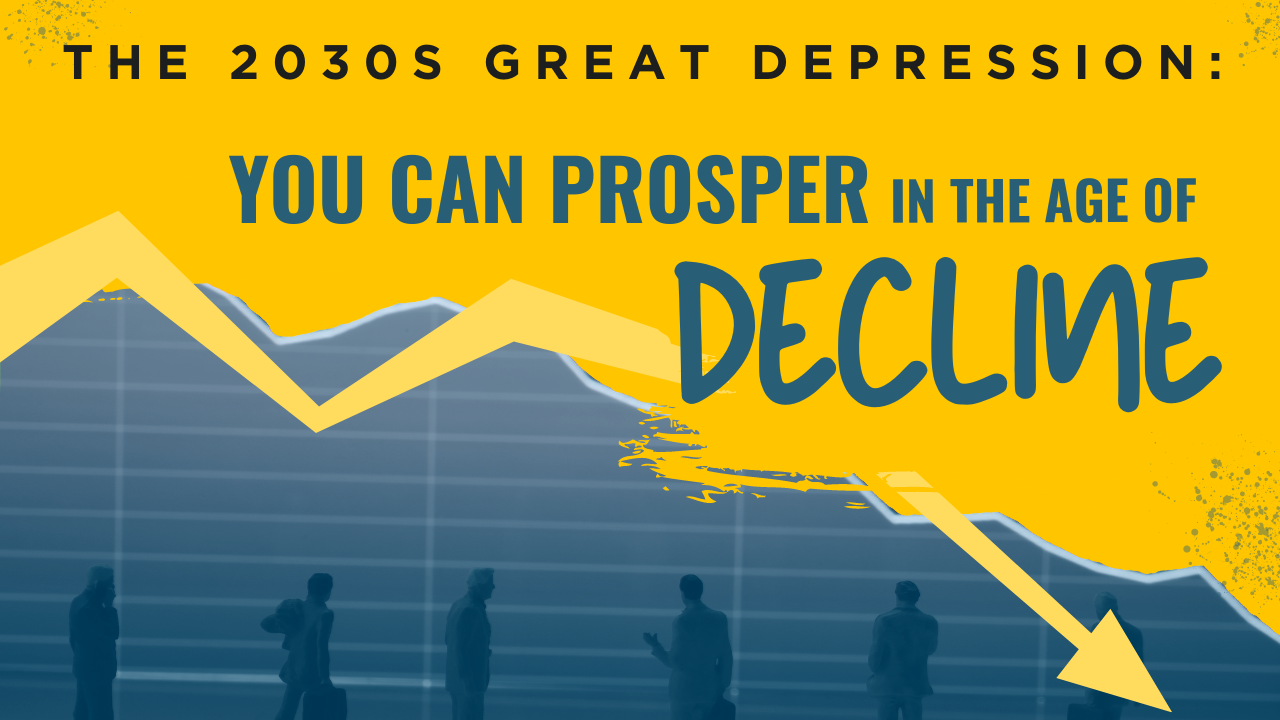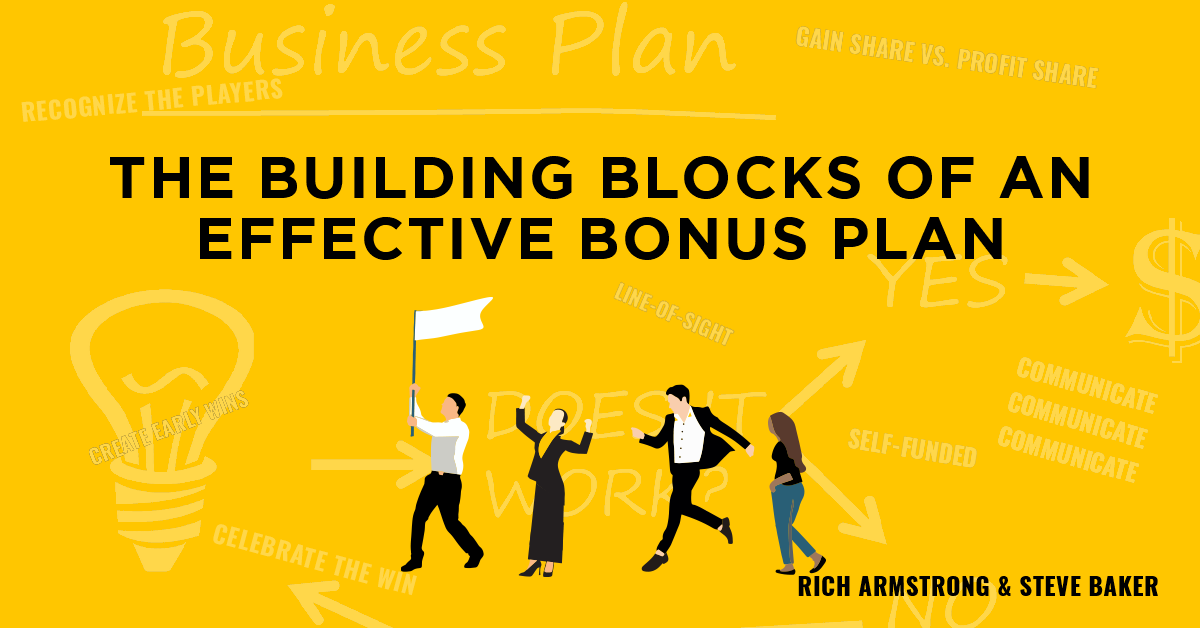One Sentence Engagement?
Is it truly possible to condense the science of employee engagement into a single sentence?
It is and I’m about to convince you of that. But first I need to explain why I’m taking this extreme exercise in reductionism.
Studying leadership and employee engagement has been a passion of mine for the last couple of decades. As an entrepreneur, I used engagement to chase and eventually catch a Best Place to Work award. As an author, one book on engagement somehow turned into three. One speech turned into a global tour. And this article on engagement is number one hundred and something.
I know of no topic that is more important to the long-term success of a business than engagement. An axiom of Ford CEO Mark Fields is, “Culture eats strategy for breakfast.” Despite the click-baiting contrarians, Gallup and others have a solid body of research that shows that engagement is the antecedent of service, quality, sales, profits, and ultimately shareholder value.
Unfortunately, employee engagement continues to be a topic that many find confusing. This confusion is unnecessary. Despite our VUCA world (characterized by volatility, uncertainty, complexity, and ambiguity) that has made both time and money endangered species, it’s never been easier to drive massive employee engagement throughout your organization. It’s never been easier to engage your own direct reports. It doesn’t require a high IQ, high-priced consultants, long-term planning, or even a lot of time or money.
The idea of a one-sentence employee engagement course is intended to cut through this noise. To make things as simple and as actionable as possible. Just 20 words. Words that I’ve seen work miracles in countless organizations.
It’s true that there are endless nuances, opinions, and approaches to engagement, but for every valuable detail, there are many others with very low ROI. The details often lead to confusion and inaction. We want to start with the basics, which we can later build upon.
I’ve seen the employee engagement survey items (i.e., questions) from a dozen different companies, including all the big ones. I’ve seen the engagement survey reports from dozens of companies in dozens of industries. I don’t sell engagement surveys or consulting; I don’t have a dog in those fights. But after looking at all that material and talking with all those experts, I see much common ground. The common ground includes drivers of engagement that are memorable, and therefore actionable every single day, week, month, and year.
The Sentence
The goal is to craft a sentence that all front-line managers can remember. A single sentence that can be scribbled on the inside of a Moleskine notebook or perhaps jotted on an index card and taped to a computer monitor. It’s not a sentence that one delivers to others, but rather a sentence that one remembers.The sentence I’ve crafted can easily be reduced further. And of course, it can be enhanced and made longer. In fact, this would be a great exercise for you and your colleagues. (It would be great to see your single sentence in the comments below.)
So here is my one-sentence employee engagement course:
People give loyalty and discretionary effort to those who foster growth, show appreciation, share a compelling vision, and are trustworthy.
I hope you’ll read that sentence again.
That single sentence encapsulates the “why” and the “how” based on two decades of studying and applying the principles of engagement.
The why: engagement results in increased loyalty and effort.
The how: to feel emotionally committed, we all want to:
- learn, grow, and be challenged
- feel appreciated
- work for a higher purpose, not just a paycheck
- and the first three items don’t matter if we can’t actually trust our leaders
Can it be that simple?
Try to find a reliable survey instrument that measures engagement and its drivers that doesn’t include growth, recognition, vision/meaning, and trust. I don’t believe one exists.
Think about the best job you have ever had and more specifically, the best boss you ever worked for. Can you see how they helped you to grow, to feel appreciated, to feel that your work was important, and were they trustworthy?
Many will dismiss this “one-sentence employee engagement course” because it is so simple and obvious. Indeed, Frank Lloyd Wright said, “There is nothing more uncommon than common sense.”
I would argue the power is in its simplicity. The correct application of these simple principles can get you into the top deciles of engagement.
What’s Missing?
Look at the one-sentence engagement course again and think about what’s not in it.
People give loyalty and discretionary effort to those who foster growth, show appreciation, share a compelling vision, and are trustworthy.
There is no mention of the CEO, HR departments, benefits, or vacation policies. That’s because over 70% of engagement has to do with who our boss is. Notice in the “one-sentence” that it says “…to those who…”. We give our loyalty and commitment to our boss, not the CEO, and not “the company”. That would be “it” or “that” not “who”.
If you doubt this, just consider the large multi-location organizations that have varying degrees of engagement throughout their different offices. Your favorite quick-service restaurant will have wild swings in engagement among restaurant locations, despite having the same CEO, the same benefits, the same mission, vision, and values, the same tools-at-work, and on and on. What explains the different levels of engagement at each location? The manager.
The one-sentence course subtly reminds us that employee engagement happens at the front-line, team to team, manager to manager.
People give loyalty and discretionary effort to those who foster growth, show appreciation, share a compelling vision, and are trustworthy.
There is no mention of the CEO, HR departments, benefits, or vacation policies. That’s because over 70% of engagement has to do with who our boss is. Notice in the “one-sentence” that it says “…to those who…”. We give our loyalty and commitment to our boss, not the CEO, and not “the company”. That would be “it” or “that” not “who”.
If you doubt this, just consider the large multi-location organizations that have varying degrees of engagement throughout their different offices. Your favorite quick-service restaurant will have wild swings in engagement among restaurant locations, despite having the same CEO, the same benefits, the same mission, vision, and values, the same tools-at-work, and on and on. What explains the different levels of engagement at each location? The manager.
The one-sentence course subtly reminds us that employee engagement happens at the front-line, team to team, manager to manager.
How Front-Line Managers Drive Engagement
So, then, what should managers actually do to drive engagement, according to the one-sentence course?
To foster growth…it’s not about corporate training programs and annual performance appraisals. It’s about having career path conversations (i.e., stay interviews), and giving feedback in the spirit of a caring coach.
To show appreciation…it’s not about award ceremonies—the winners’ circle is always too small. It’s about saying thank you in sincere ways all throughout the year.
To share a compelling vision…it’s not about the mission statement poster hanging in the conference room. It’s about repeatedly connecting and aligning the weekly work with the big hairy audacious goals of the organization.
To be worthy of trust…it’s not just about ethics and telling the truth. It’s about being authentic and transparent.
To foster growth…it’s not about corporate training programs and annual performance appraisals. It’s about having career path conversations (i.e., stay interviews), and giving feedback in the spirit of a caring coach.
To show appreciation…it’s not about award ceremonies—the winners’ circle is always too small. It’s about saying thank you in sincere ways all throughout the year.
To share a compelling vision…it’s not about the mission statement poster hanging in the conference room. It’s about repeatedly connecting and aligning the weekly work with the big hairy audacious goals of the organization.
To be worthy of trust…it’s not just about ethics and telling the truth. It’s about being authentic and transparent.
Now What?
With this article, I’ve tried to reduce the science of engagement to a single sentence. I acknowledge that there are many variables omitted that often drive engagement including fair pay, work-life balance, having the right tools, having a best friend at work, quality, corporate responsibility, and on and on.
But my reductionism isn’t supposed to be all-encompassing; it’s supposed to simplify a topic that has become way too complex. It’s supposed to be memorable and actionable. It’s an attempt to help leaders master the most basic principles of engagement, allowing other behaviors to be layered on at a later time.
Whether you find this approach helpful or harmful to the field of engagement, one thing is clear: your team members want growth, recognition, meaning, and trust.
- 10 Surprising Things Successful Leaders Do Differently - more from Kevin Kruse
.png)














.png)

